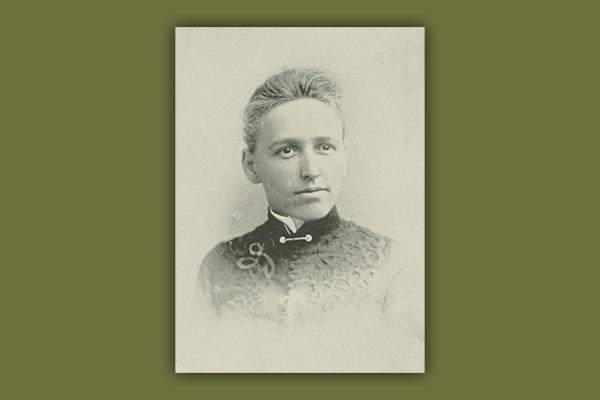AMERICAN EVANGELICALS LIKE to assume that reading the Bible is easy, that a plain reading exists. If only people were to hold our favorite English translation in their hands, Godself would arrest the reader, Truth making itself obvious on the tissue-paper pages. And voila! We would discover a clear path to world peace (or at least denominational peace).
Unfortunately, Bible reading is not so simple. Sometimes, we as readers have gotten the meaning of the text wrong. Sometimes commentators have allowed bias to shape interpretation. And sometimes, the problems start nearer to the root, in the translation itself. For example, the question of women’s roles in the Bible represents a tower of errors built up over time.
Katharine Bushnell, an American medical missionary to China who was fluent in the biblical languages, was one of the first female translators to take on these errors directly. In her 1921 commentary, God’s Word to Women, she painstakingly retranslated and corrected 100 Bible passages that referred to women and women’s prescribed roles within the home and church.
And she starts at the very beginning. While many male translators had written that in Genesis 2:21 Eve was formed by God from Adam’s “rib,” those translators render that same Hebrew word as “side” the other 42 times it recurs in the Old Testament. Bushnell explains that the Hebrew language contains a different word that explicitly means “rib,” a word that the Genesis author does not utilize in the account of Eve’s creation. Yet even today, a corrected translation appears only as a footnote in my NIV Bible. So, why has the mistranslation of Eve as created from the “rib” of Adam — rather than his “side” — persisted?
Read the Full Article

